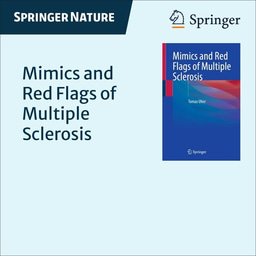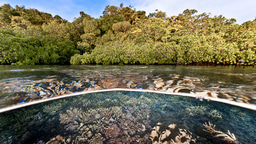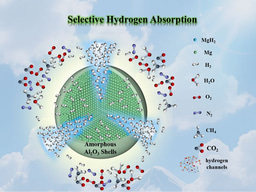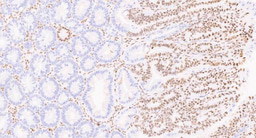Addition of α-helix to deep eutectic solvents to obtain high-strength and highly stable eutectogels
Published in Chemistry
Life, the great miracle, we admire not, because it is so miraculous.
On Life, By Percy Bysshe Shelley
As Shelley says in his poem, the natural "life" that has evolved over millions of years can indeed be called miraculous. The substances that make up "life", i.e., the gel systems of nature, exhibit a full range of mechanical properties that are not yet available in man-made materials. Our cartilage, for example, is subjected to 1 million cyclic compressive stresses per year, while it is able to maintain a high fracture toughness of about 1000 J m-2. Many studies on bionic materials are also focused on this, trying to apply these efficient biological structures in several fields. And this is also the case in my group.
When I newly joined Prof. Yongjun Zhang's group, one of my senior fellow apprentices successfully applied the peptide with α-helical structure into hydrogel and obtained a hydrogel material with high resilience and high toughness. After that, I wanted to apply this gel material to the field of sensors. I designed a multimodal structure for the sensor, but I encountered a difficulty in the experiment that the stability of the gel was not enough to support my multiple tests. This is mainly due to the continuous evaporation of the water dispersion medium of the hydrogel material during the testing process, which makes the signal of the device very unstable and difficult to establish a set of effective mathematical models.
I then set out to solve this problem. At first, I used ionic liquids, which are known for their stability. After some experiments, it was found that the peptide gels polymerized using ionic liquids as the dispersion medium had very low elongation at break and almost no resistance to notching at all. This was quite different from the previously tested results of the hydrogel with α-helical structure. It was much later that I reviewed the literature to learn that the ionic bonding that maintains ionic liquids can severely affect the biological structure, thus rendering the bioaugmentation mechanism ineffective. And many organic solvents as well, such as chloroform, NMP, etc.
At that time, I tried many kinds of ionic liquids with no success. By chance, I discovered the concept of deep eutectic solvents. Moreover, compared to the ionic liquids discovered by Walden, the method of synthesizing deep eutectic solvents was much simpler. So I thought I could try it out without spending much time. The results were amazing, not only did I find that the eutectogels using deep eutectic solvents as the dispersion medium had excellent results in terms of toughness and resilience, but also in terms of resistance to defects and adhesion. I continued my research and tried using this peptide-enhanced eutectogel for tensile/compression sensing and, not surprisingly, the signal stability was much higher compared to the hydrogel. Crucially, I found that this gel was also resistant to low temperatures! According to thermodynamic calculations by others, the α-helix of polyglutamic acid peptide is more stable at low temperatures, but the water limitation makes direct testing impossible. Water freezes at low temperatures, while deep eutectic solvents do not. Unfortunately, I did not verify this directly due to the instrumentation conditions. However, the mechanical properties of the gel remained excellent at low temperatures, which proved the validity of the previous thermodynamic calculations. A moment had opened up and the world was so closely connected. Theories about biological structure also contributed to the development of sensors. The structure of mechanics verifies the correctness of the biological theory. Maybe that's how the upward spiral of science works! A butterfly on the wing in another field affects many other fields. The progress of other fields will then feed the forward movement of this field.
In our paper, we focused on the application of polyglutamic acid peptides to a variety of choline chloride based deep eutectic solvents. We believe that other biological structures (e.g., β-fold, β-turn, 310-helix) can also be better maintained in deep eutectic solvents. This provides a new idea for extending the application of biomimetic design gels: the use of other dispersion media that can maintain the biological structure and are not necessarily limited to water. In addition, we think it would be interesting to see the effect of deep eutectic solvents on the secondary superstructure and tertiary structure of the biostructure. Some work we are doing based on this.
In the end, great art is the work of great authors and great readers. Thank you for reading this far, and good luck with your experiments and happy work!





Please sign in or register for FREE
If you are a registered user on Research Communities by Springer Nature, please sign in